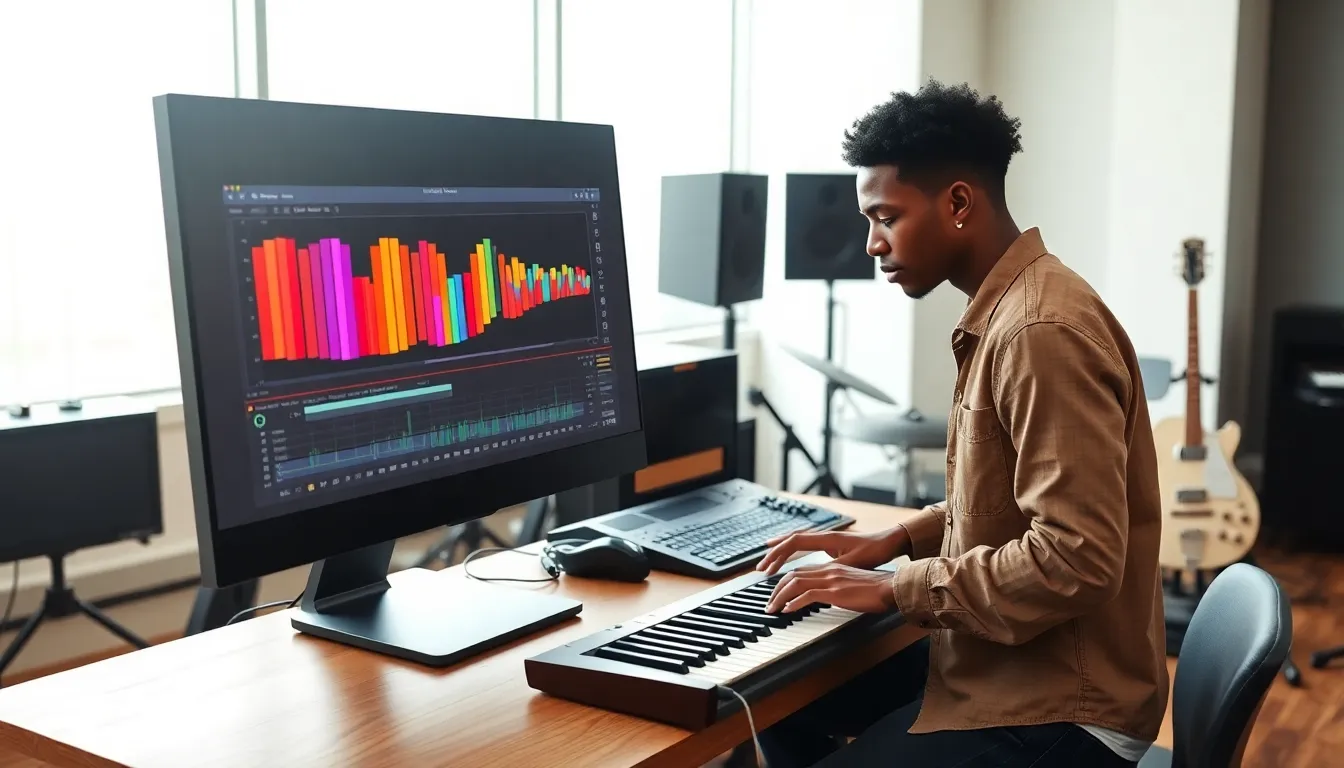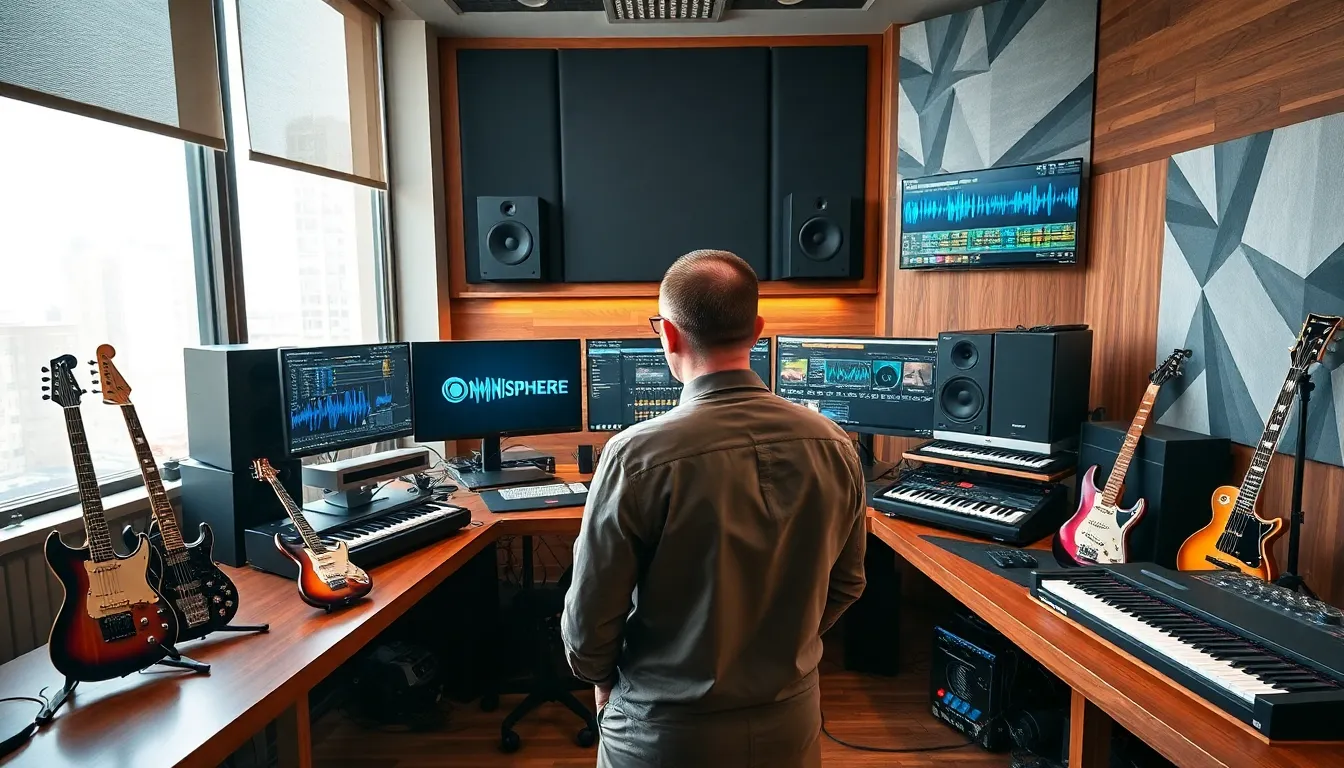Imagine a marimba that fits in your pocket, ready to produce enchanting melodies at a moment’s notice. That’s the magic of the virtual marimba. Combining technology and tradition, this innovative instrument offers musicians endless creative possibilities. Whether you’re a seasoned pro or just starting out, a virtual marimba can elevate your musical expression while adding a dose of modern flair. In this text, we’ll jump into the world of virtual marimbas, exploring what they are, how they’ve evolved, and why you should consider adding one to your musical toolkit.
Virtual Marimba

The Evolution of Marimba Technology
The marimba’s journey began centuries ago, but the advent of technology has transformed it dramatically. Originally from Africa, the marimba spread to Latin America and became a staple in various musical genres. In recent years, technological advancements have made substantial impacts. Early digital instruments were limited in quality and functionality, but modern software has brought a plethora of options. From high-definition audio samples to intuitive user interfaces, this evolution has made virtual marimbas more accessible than ever. Today, software developers create marimba plugins that seamlessly integrate with DAWs, allowing musicians to compose in ways previously unimaginable. The rich sound palettes and realistic playing techniques have heightened the authenticity of virtual instruments, blurring the lines between digital and acoustic music.Benefits of Using a Virtual Marimba
Why should musicians consider using a virtual marimba? The advantages are extensive. First and foremost, they are space-saving. For those living in cities or smaller homes, a physical marimba can take up quite a bit of room. A virtual marimba requires just a computer and a MIDI controller. Cost is another significant factor. Purchasing a high-quality acoustic marimba can be quite an investment. In contrast, a virtual marimba software package often comes at a fraction of the price, offering similar sounds and features. Also, the flexibility and convenience are unmatched. Musicians can experiment with different styles, play with backing tracks, and layer their sounds without needing to collaborate with other musicians physically. Editing becomes a breeze, enabling composers to tweak their sounds post-performance with minimal effort. Finally, virtual marimbas are not bound by the physical laws of sound. They can be modified with effects, allowing musicians to explore new genres and create innovative pieces that blend traditional marimba tones with modern musical elements.Popular Software and Tools for Virtual Marimba
Numerous software options are available for those interested in virtual marimbas. Some popular tools include:-
- Garritan World Instruments – This comprehensive collection includes a highly regarded virtual marimba, known for its quality sounds and user-friendly interface.
-
- Native Instruments Komplete – Within this powerful suite, users will find Marimba libraries that excel in realism and orchestral integration.
-
- MOTU Ethno Instrument – Ideal for world music composers, this software offers a beautiful marimba sound among many other instruments.
-
- EastWest Quantum Leap – This platform provides extensive marimba libraries, perfect for professional-grade recordings and performances.
Tips for Getting Started with Virtual Marimba
Starting with a virtual marimba can be an exciting venture. Here are some useful tips for newcomers:-
- Choose the Right Software: Begin by selecting a virtual marimba software that suits your needs. Consider trial versions to find what resonates with you before committing.
-
- Learn the Basics: Familiarize yourself with your chosen software. Tutorials and online forums can be incredibly resourceful.
-
- Invest in Quality Equipment: A good MIDI controller can enhance your experience significantly. Look for one that feels comfortable and natural to play.
-
- Experiment with Sounds: Take your time to explore different settings and effects. Finding your unique sound may involve trial and error.
-
- Collaborate and Share: Don’t hesitate to share your creations with fellow musicians. Collaboration can provide valuable feedback and inspiration.


